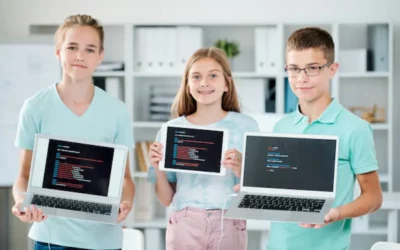Minecraft is an infinite world made entirely of blocks. You can use these blocks to construct anything from a simple house to a grand castle.
Since the game’s initial release, it has added a significant amount of new content while also removing some.
Do you want to know what blocks or items Mojang removed from Minecraft over the years?
So, without further ado, let’s take a look at some Minecraft blocks that were present in previous editions but are no longer used in newer editions.
21 Minecraft Blocks that Got Removed
- Locked Chest
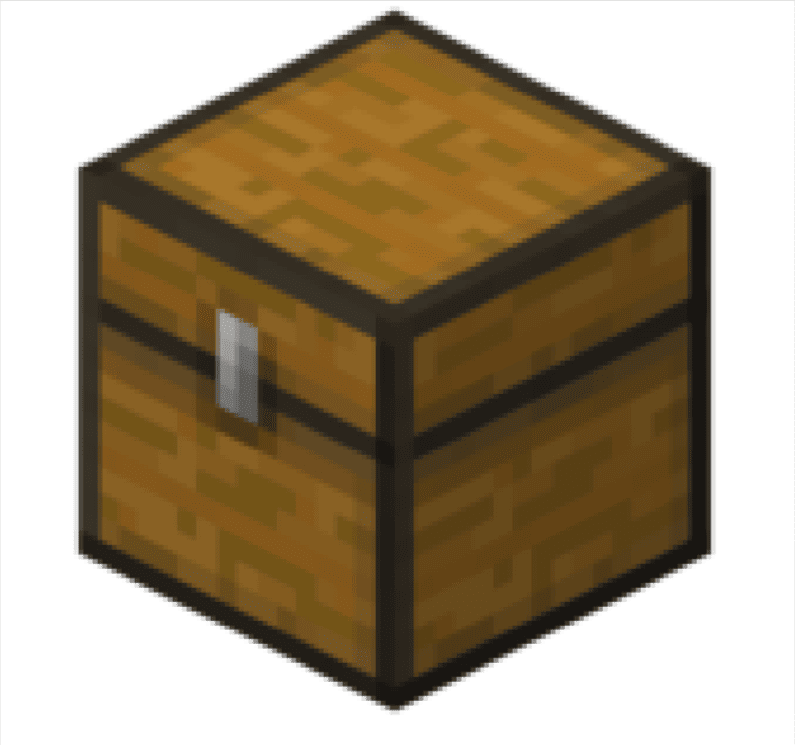
The locked chest’s original purpose was to direct players to the Minecraft Store to look for the chest’s key.
These chests were part of a small April Fool’s joke from Mojang when the Beta edition of Minecraft was available.
Locked chests were broken in the same way as regular chests until they were removed.
- Shrub
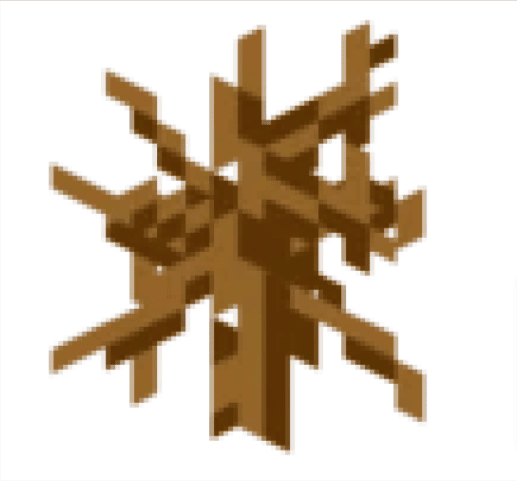
The shrub was a discarded plant block. While it looks almost identical to a dead bush in most ways, it functions very differently.
Its main visual distinction stems from its use of a random offset, which is identical to that of grass and ferns.
Shrubs were merged into the more well-established dead bush in updated versions of Minecraft, most likely due to shrubs never being used.
- Java Edition: old colored Wool/Cloth
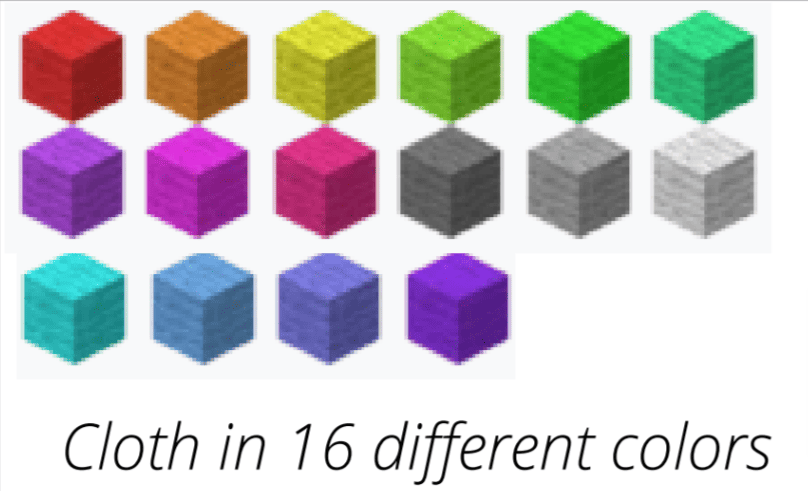
In 2009, Markus Alexej Persson, better known as Notch, the creator of Minecraft and a founding member of Mojang Studios, expressed interest in adding multiple colors of cloth.
A cloth block with 16 different colors was added to Java Edition Classic 0.0.20a.
Except for the white cloth block, all cloth blocks were removed from Java Edition Infdev 20100624. Furthermore, in Java Edition Beta 1.0, the Cloth is now referred to as “wool”.
- Java Edition: Gears
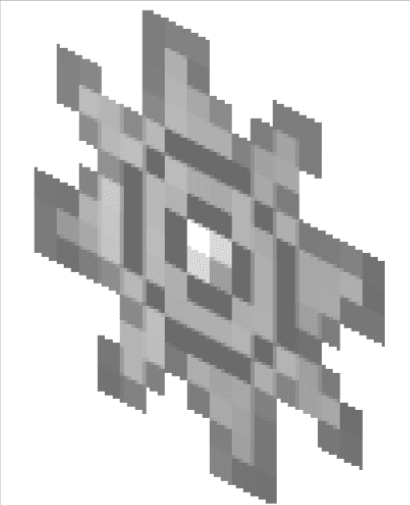
The gear was a block that could be placed on walls and grounds as decoration. The gear block’s functionality has not been specified or known.
The Gears were removed in Java Edition Alpha v1.0.1. It was eventually replaced by Redstone.
- Java Edition: Water Spawner
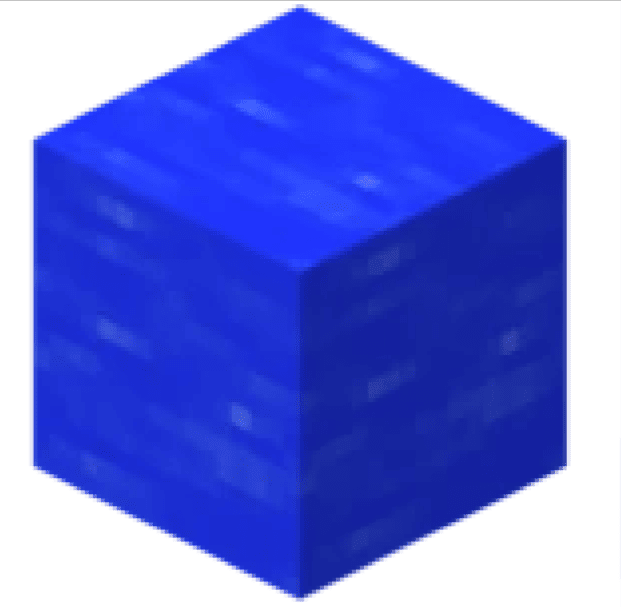
The water spawner is aesthetically and functionally distinct from normal water. It is a full, solid cube block with full block collision and the same still water texture on all sides, unlike normal water, and it is completely opaque.
In Java Edition Infdev 20100624, the water spawner was removed.
- Java Edition: Lava Spawner
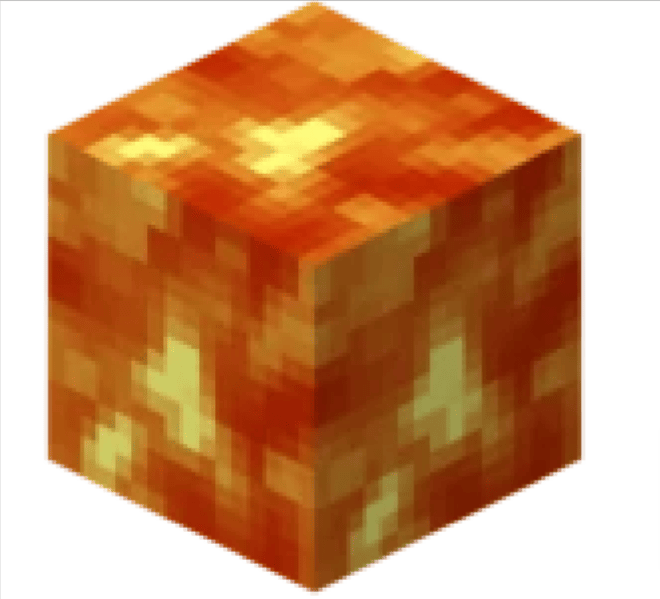
This block functions similarly to a water spawner, except that it generates lava on each of its four orthogonal sides regularly.
It does not harm entities and does not emit light like a regular lava block. Unlike normal lava and normal water blocks, lava spawners and water spawners are both deleted by sponges.
The lava spawner was also removed in Java Edition Infdev 20100624.
- Java Edition: Generic dead coral block
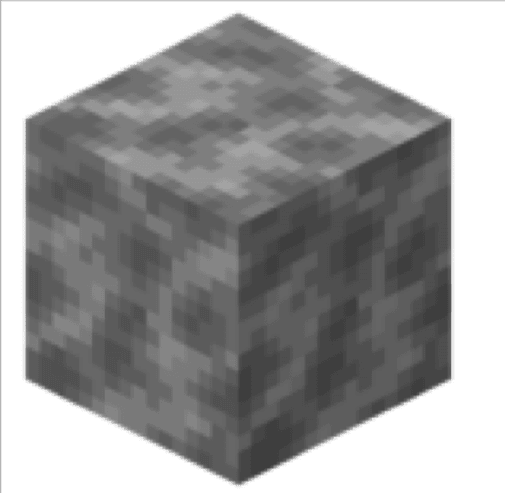
A coral block is a solid block that occurs in five variations: tube, brain, bubble, fire, and horn. However, a dead coral block is a dead variant of a coral block. These blocks are always grey.
All coral blocks in snapshot 18w09a (Java Edition) had the same texture but were colored differently.
As a result, only one dead variant was required. By the time snapshot 18w10a arrived, each color of the coral block had its own distinct texture, but they still would die into the same generic dead coral block.
The generic dead coral block, however, was removed in snapshot 18w10b and replaced with dead variants for each color.
- Java Edition: Unused Sandstone Variants
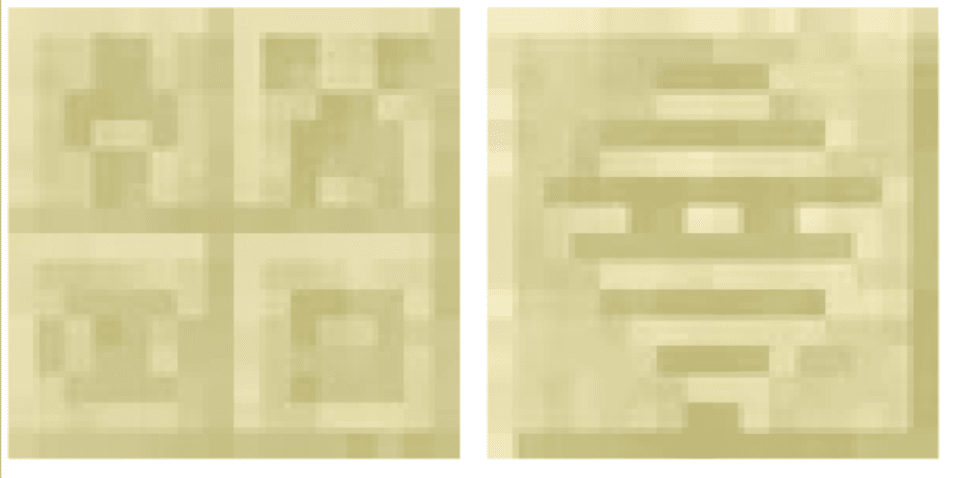
Two sandstone textures were added to Java Edition 1.2.1. However, cut sandstone and chiseled sandstone have taken the place of these textures.
- Java Edition: Wax Block
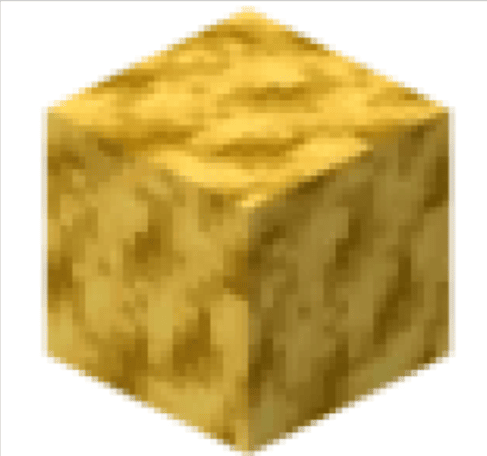
On August 22, 2019, a Java Edition 1.15 snapshot featured photos of several unknown blocks with bees, beehives, and other stuff.
On October 13, 2019, it was revealed that the wax block was accidentally added to the game files before being removed in snapshot 19w42a.
- Bedrock Edition: Grass_Carried
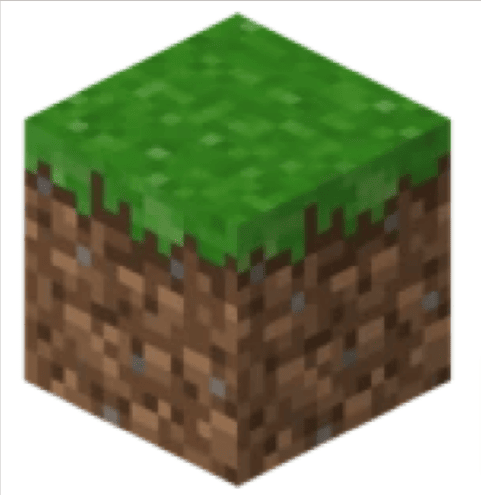
Grass carried was a block that held the grass block’s item model.
Although grass carried appears to be similar to grass blocks, it has significant functional differences, such as the fact that it can be broken in an instant, does not drop anything when broken, lacks an icon in the inventory, and cannot be converted to farmland.
The hardened glass was added in Bedrock Edition 1.4.0, and it now uses the numeric ID that grass carried previously used.
- Bedrock Edition: leaves_carried
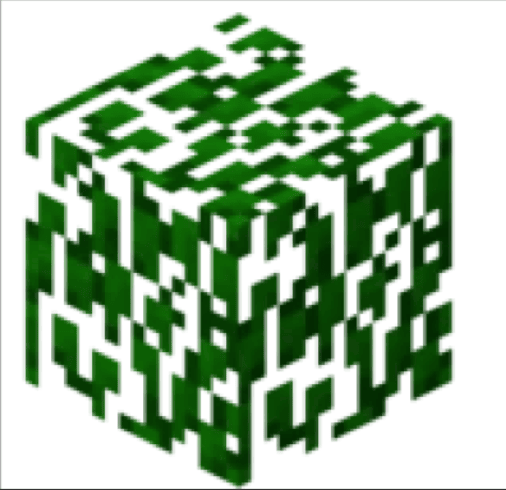
The item model for the leaves block was stored in the leaves_carried block. Although it resembles leaves, it does not decay in the same way that leaves do.
- Crying Obsidian
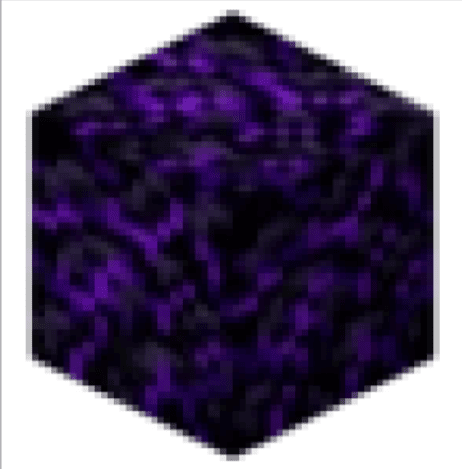
The original purpose of this block was to establish the spawn point at the specified location, but it was removed with the introduction of beds.
This block was added in Beta 1.3 and was removed in Beta 1.5. However, this block was once again added back in 1.16 – Nether Update.
This update allowed it to be transformed into the respawn anchor, which will assist you in determining your spawn location in the Nether.
- Pocket Edition: Nether Reactor Core
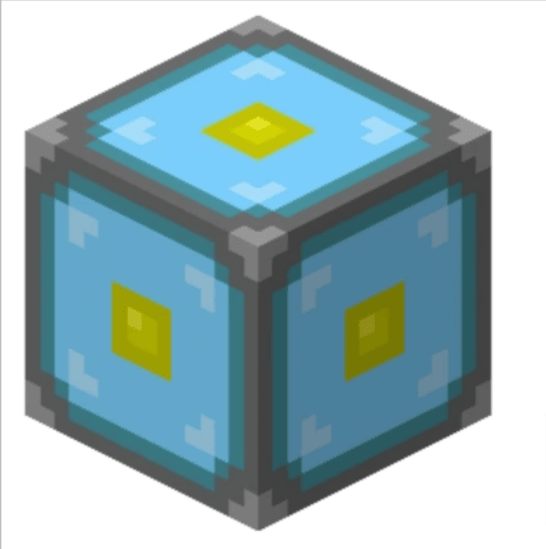
This block was added in the Pocket Edition Alpha 0.5.0. It was crafted with three diamonds and six iron ingots.
Its purpose was to produce Nether Spires because the Nether was not available in Pocket Edition at the time. As of alpha 0.12.1, it no longer works.
Note: The Nether Spire is a towering structure that is specific to Pocket Edition and has been rendered obsolete following the 0.12.0 upgrade.
- Dirt Slab
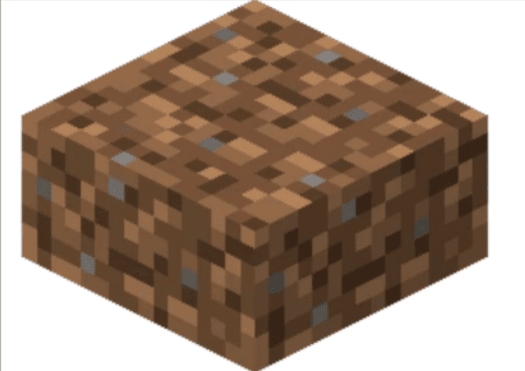
On October 22, 2009, Dirt Slabs were added to Survival Test 0.26 04. The addition of these blocks was done to correctly dress the topography, which included cliffs, caverns, and ravines.
However, due to a variety of obstacles, this was not accomplished. As a result, Notch just eliminated them.
- Ruby
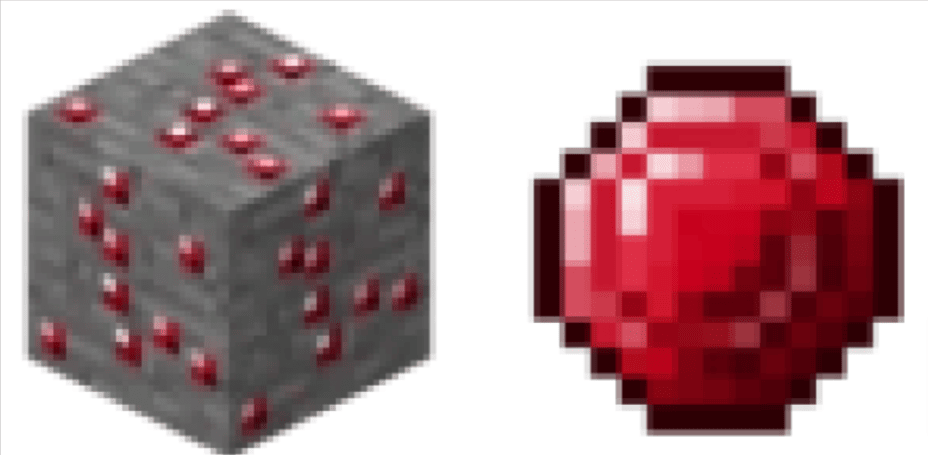
Rubies were initially intended to be included as a currency for trading with villagers in Minecraft Java Edition 1.3.
However, this plan was scrapped at the last minute since the developer “Dinnerbone” was red-green colorblind and couldn’t tell the difference between Redstone ore and ruby ore.
Note: Nathan Adams (also known as Dinnerbone) has been a Mojang employee since 2012, serving as one of the Minecraft developers.
- Debug and Debug 2 Blocks
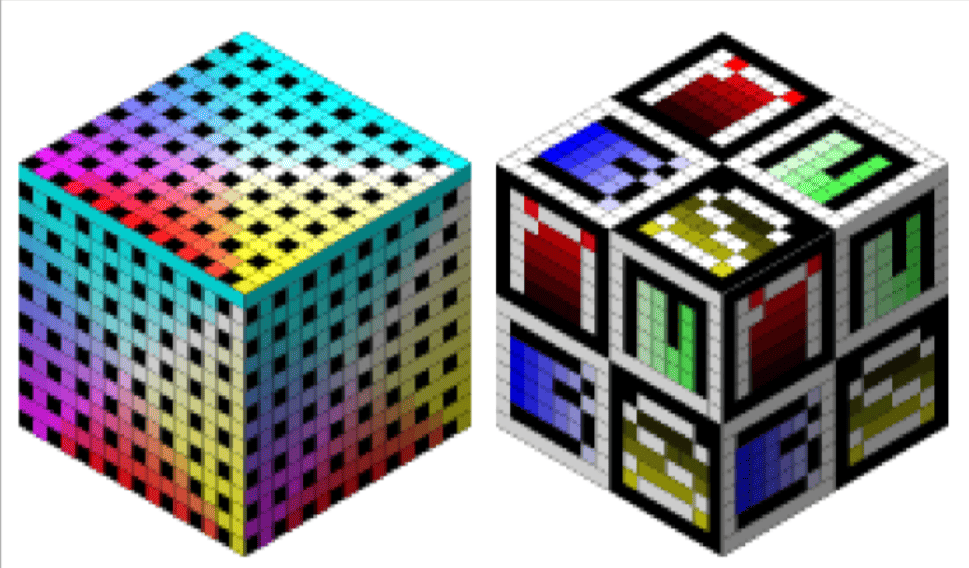
Mojang used/uses these blocks for testing reasons, i.e. these unused textures are only foundational blocks for developers to utilize when creating new ones.
These blocks were seen in some of the snapshot versions.
- Teleport Block
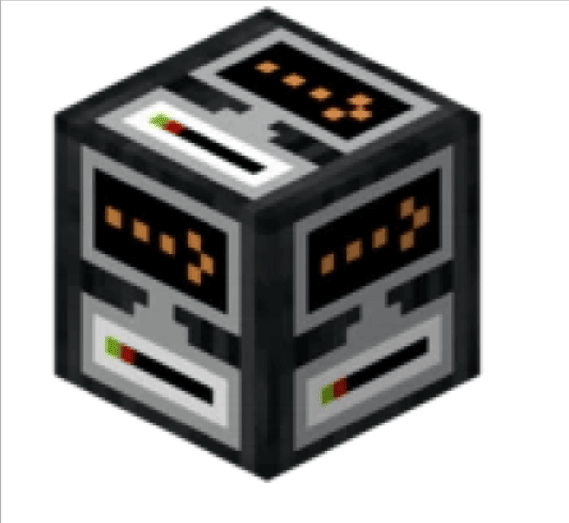
Teleport blocks transport you to the location you specify in the world. This feature is only accessible in MinecraftEdu, an officially discontinued edition of the game.
- reserved6
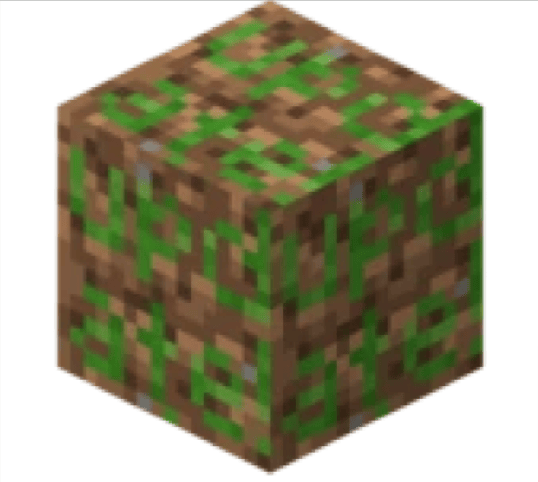
reserved6 is an unused former placeholder block. Its purpose was to temporarily replace any Fire blocks that were formed as a result of a bug in which fire may spread to any block.
- etho slab
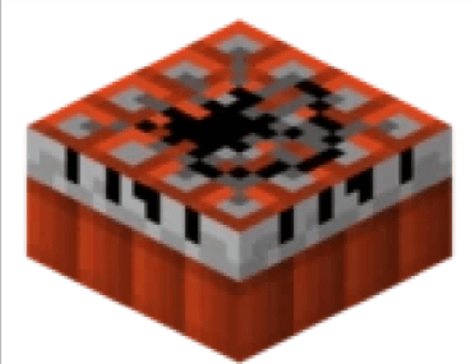
The etho slab was an April Fool’s prank slab that was only available in Java Edition 2.0. It’s a reference to the EthosLab YouTube channel.
Etho slabs operate like TNT, exploding when ignited by Redstone or burning.
- An Ant
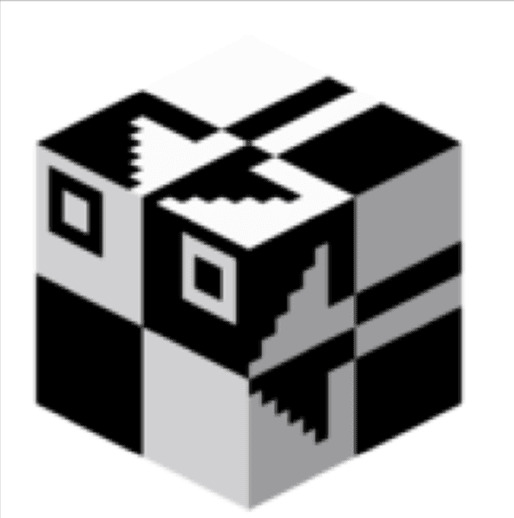
It is a block introduced in Java Edition 20w14∞ that moves around when placed on top of black or white concrete.
It will turn right on white concrete and left on black concrete. When two ant blocks collide, they combine to become one.
This feature was only available as part of an April Fool’s prank version, and it is not presently intended to be included in normal Minecraft.
- Cursor
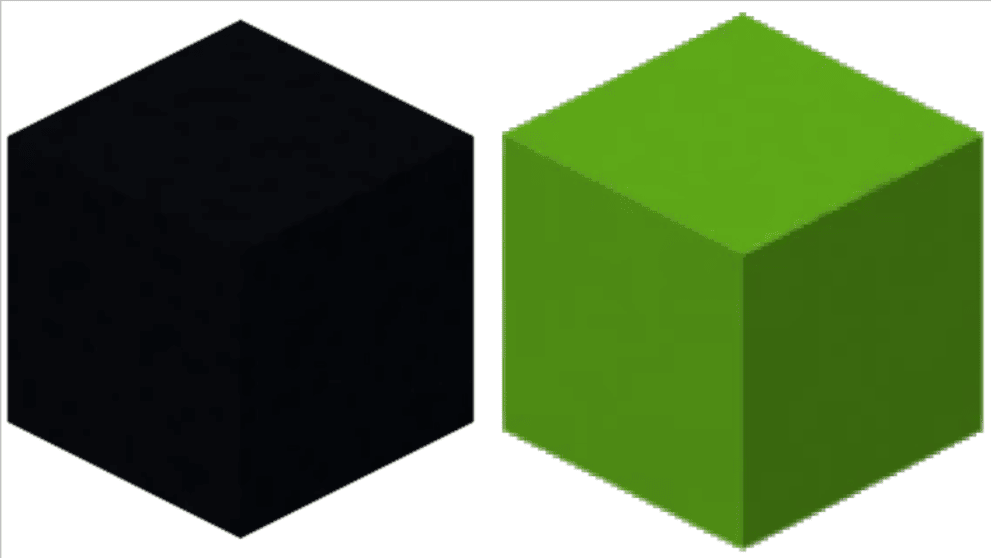
The cursor is a block added in Java Edition 20w14∞ with an animated texture that alternates between lime and black concrete every second.
This block was only available as part of an April Fool’s prank version.
Conclusion
New Minecraft updates are released regularly, and Mojang adds modifications with each version. This alteration might be the removal of a block or an item.
This meticulously compiled article walks you through the Minecraft blocks that Mojang had to remove over the years
Learn more about Minecraft and game development through Minecraft at BrightChamps with its specially designed curriculum, which makes learning game development and coding simple for students in Grades 1-12.
BrightChamps also teaches a variety of other programs that assist children in developing a foundation in computer programming for kids through activities, interactive lessons, and other means.

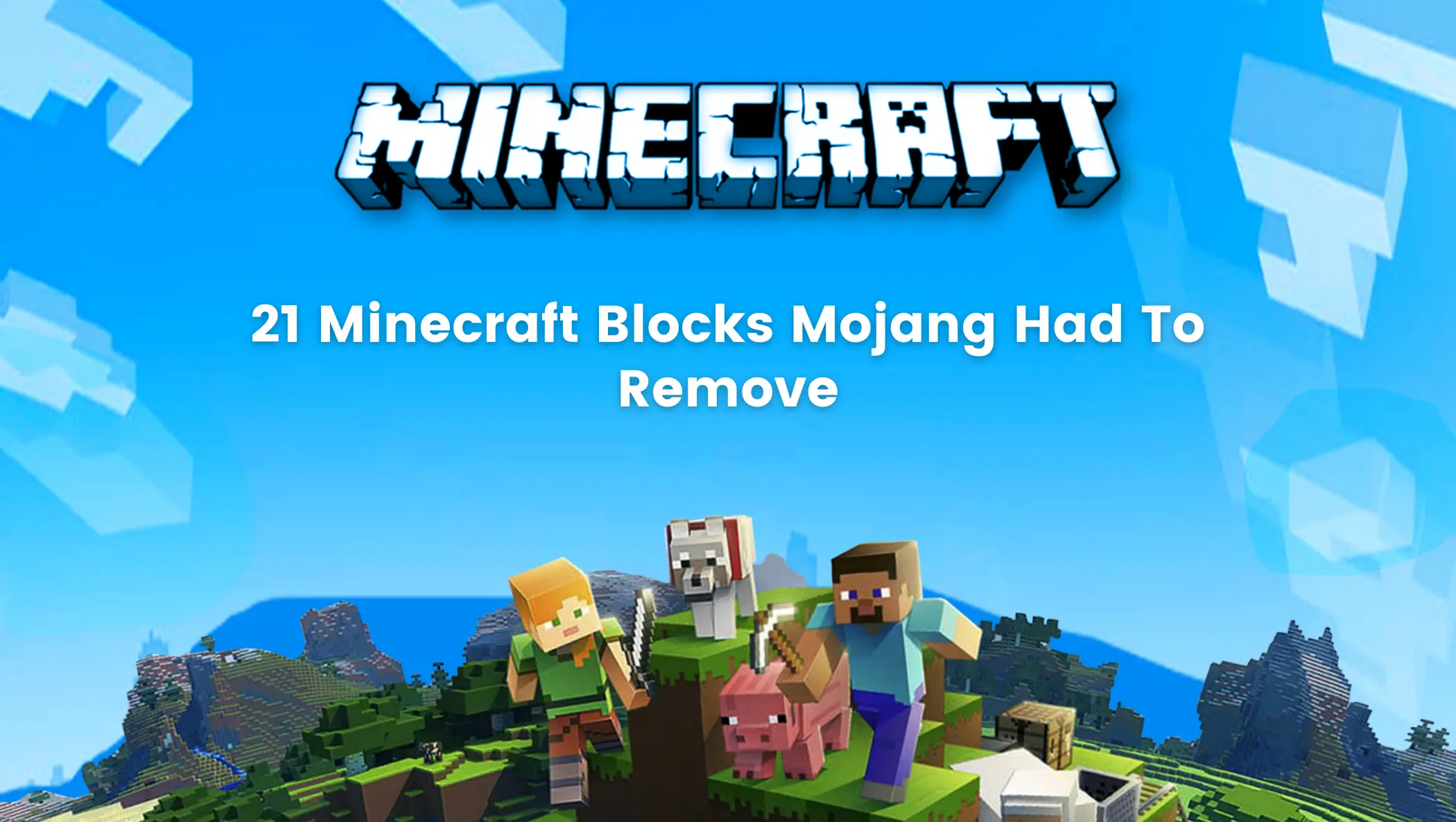
 We are an army of educators and passionate learners from BrightChamps family, committed to providing free learning resources to kids, parents & students.
We are an army of educators and passionate learners from BrightChamps family, committed to providing free learning resources to kids, parents & students.



